- News
- Reviews
- Bikes
- Accessories
- Accessories - misc
- Computer mounts
- Bags
- Bar ends
- Bike bags & cases
- Bottle cages
- Bottles
- Cameras
- Car racks
- Child seats
- Computers
- Glasses
- GPS units
- Helmets
- Lights - front
- Lights - rear
- Lights - sets
- Locks
- Mirrors
- Mudguards
- Racks
- Pumps & CO2 inflators
- Puncture kits
- Reflectives
- Smart watches
- Stands and racks
- Trailers
- Clothing
- Components
- Bar tape & grips
- Bottom brackets
- Brake & gear cables
- Brake & STI levers
- Brake pads & spares
- Brakes
- Cassettes & freewheels
- Chains
- Chainsets & chainrings
- Derailleurs - front
- Derailleurs - rear
- Forks
- Gear levers & shifters
- Groupsets
- Handlebars & extensions
- Headsets
- Hubs
- Inner tubes
- Pedals
- Quick releases & skewers
- Saddles
- Seatposts
- Stems
- Wheels
- Tyres
- Health, fitness and nutrition
- Tools and workshop
- Miscellaneous
- Buyers Guides
- Features
- Forum
- Recommends
- Podcast
BUYER'S GUIDE
 Whyte Montpellier - riding 1
Whyte Montpellier - riding 1How to buy a bike: 9 steps to finding your best new ride
"What bike should I buy?" It's a question we hear a lot, so to try and help here's our 9-step guide on how to buy a bike. There's a lot to think about from what type you need, where to buy it and what extras you'll need.
(CC BY-NC-ND 2.0 Michael Summers/Flickr)
1 Decide what you are going to use it for
There are nearly as many ways of using a bike as there are bike riders. People and the bikes they ride can be put into general groups, but everyone really is individual (stop yelling “I’m not” at the back).
For example, you and your neighbour might want a bike to ride to work, but if you’re a cycling novice planning a steady pootle to the office and she’s already a serious sportsperson in another activity like running who wants to cover the distance as quickly as possible, you won’t want the same bike.
It’s not just what you’re going to do with your new bike that matters, then, but how and where. Think about all aspects of your needs:
Do you want to go fast on Tarmac? Then you probably want some sort of drop-handlebar road bike.
Prefer an upright riding position? You probably want a bike with a flat handlebar such as a hybrid or even a mountain bike.
Need to carry luggage? You want a bike with mounts for racks, usually in the form of threaded fittings on the seat stays and rear dropouts.
Going to ride in the rain? Unless you enjoy being cold and wet, you want to be able to fit mudguards, so you need fittings on the dropouts for them.
How hilly is it where you’ll ride? If you’re in Sheffield you’ll need a wide gear range. In Cambridge, not so much.
Going off road? For steep, rocky trails, you want a mountain bike, but for easy tracks and dirt roads a hybrid might do just as well, and works better on the road if you want to mix it up.
Planning to load up and head for the hills? You might want a touring bike, or if you prefer a more leisurely pace and upright position you can tour just as well on a hybrid with a rack or racks.
Commuting by bike and train? A folding bike can come with you if the bike parking at the station is non-existent or insecure.
>>For a deeper look at your options in types of bike, read our Beginner’s guide to bike types.
>>Bamboozled by bike jargon? See our A-Z of technical terminology
2 Set your budget
A bike worth having will cost from about £300. Between £300 and £1,000 the quality of frames and components rapidly improves, bikes get lighter, more reliable and more fun to ride.
Don’t be ashamed of spending more if you feel like it, though. It’s very rare for anyone to regret buying a bike that was ‘too good’ for them.
3 Check the sales
Unless you’ve absolutely got to have the latest and greatest, you get more bang for your buck by shopping for a deal on last year’s model. They’re often 20% cheaper than the equivalent current-year model, sometimes even more. The road.cc Dealcatcher often features bikes at great prices, and can steer you toward a wide range of bargains on bikes and more.
4 Check out Cycle To Work
The Cycle to Work Scheme allows you to save at least 25 percent off the cost of a new bike by paying for it from your pre-tax income.
Recent changes to the rules allow you to buy accessories too, so don't think of it as a bike-only one-off.
You pay for the bike or equipment through salary sacrifice, generally over 12 months, and you save on income tax and National Insurance on the payments.
>>Read more on the Cycle To Work Scheme
5 Visit bike shops
(CC BY 2.0 Frank Hebbert/Flickr)
The best place to buy your first good bike is a bike shop. You’ll get a better selection of bikes to choose from and salespeople who can help steer you toward the right bike for you.
Bike shops vary in their emphasis and areas of expertise. Some focus on mountain bikes, some on practical, round-town bikes and some on high-zoot road bikes with eye-watering price tags.
There’s also a difference in culture between shops. I’ve had tiny local shops dig through the spares bin for an obscure sub-part and then refuse to take payment for it, but seen others completely fail to explain the difference between two models after ignoring a customer for 10 minutes. Hang out a bit, chat to the staff and find a shop whose vibe you’re comfortable with.
If you possibly can, shop local. If you get at all seriously into cycling, your bike shop’s staff will be people you’ll want to consult often and you can’t do that if they’re 100 miles away.
(CC BY-ND 2.0 jun.skywalker/Flickr)
Once you’ve found a simpatico shop, it’s time to make a purchase, and that means dealing with a bike shop salesperson. Bike shops tend to be staffed by enthusiast cyclists, who may know lots about bikes, but are sometimes a bit hopeless at getting it across. They're fond of showing off their hard-accumulated knowledge but forget that many of their customers are normal, well-adjusted people who cannot recite Shimano part codes. (That was one of my party-pieces when I worked in a shop.)
The trick to dealing with folks like this is to state clearly and simply what you’re going to use the bike for and how much you want to spend. Don’t expect salesman-type leading questions from bike shops; most bike shop staff wouldn’t know a structured selling technique if it bit them on the leg. This lack of sophistication can be an advantage, though; you’re unlikely to get a hard sell and more likely to actually be helped by someone who is genuinely into bikes, and who wants to spread that enthusiasm.
6 Stay out of supermarkets
Yes, you can get a very cheap bike from a supermarket or other non-specialist shop, but there’s a reason such bikes don’t cost much. Super-cheap bikes almost always have very heavy frames and wheels, and components of such poor quality that they don’t work very well or don’t stay that way if they can be initially persuaded to function adequately. Combine all that with heavy, slow tyres and pointless features like suspension that absorbs your pedalling effort more than road bumps and you end up with a bike that’s slow and hard to ride.
It’s not snobbery that leads to these things being called ‘bicycle-shaped objects’; they really work very poorly. Pay less for a new bike than around £150 and — with very rare exceptions — you might as well not bother. These bikes aren’t designed to be ridden, they’re garage wall ornaments designed to hang next to the mower and the strimmer.
If your budget is really limited then check out eBay and Gumtree for a secondhand bike.
7 Determine your size
The size you need is dictated by your inside leg. You need to be able to reach the pedals from the saddle, and stand comfortably across the bike when stationary. The only way to be sure of getting this right is to try bikes in a shop.
8 Take a test ride
Any shop worth its salt will let you take a bike you are considering buying for a short test ride. With bikes being desirable items in the eyes of thieves, you should expect to leave cast-iron security with the shop. If you want to take a test-ride, have with you a credit card and other proof of identity, or, best of all, the value of the bike in cash or equivalent.
Take the bike for a ten-minute ride in some quiet streets where you can concentrate on how the bike feels rather than on dodging traffic. Check if the bike fits, and that the reach to the handlebars feels comfortable. If it feels slightly long or short, ask the shop if they’ll change the handlebar stem.
Is the saddle comfy, and if not will the shop swap it for a different model, or are you likely to get used to it? There are different saddles designed for men and women - find out if you’re sitting on the right one.
Most importantly and least tangible, does the bike feel good? Does it respond to your input at the pedals and handlebar, or does it feel dead and sluggish? You can’t expect a basic bike to feel like a World Championship racer’s bike, but you can at least expect it to go where you point it easily and pleasantly.
9 Decide on tweaks and extras
Your new bike is unlikely to come with everything you want, or to be set up perfectly for you. Here are some things you might want to have your dealer adjust or customise.
Saddle height: Your saddle should be at a height that produces a bend in your knee that’s 25-30° from straight when your foot is at the bottom of the pedal stroke. To measure that accurately needs an angle-measuring device called a goniometer which a good bike shop will have, or will have someone experienced enough they can help you set your saddle height. While they’re helping with saddle height, have them sort out your saddle’s fore-aft position too.
Handlebar position: To get a comfortable, sustainable and efficient back position you need to adjust the reach and height of the handlebar. Being able to get help with these aspects of fit is a very good reason to buy a bike from a bike shop, rather than online.
Lights: A legal requirement if you’re going to ride at night, and just sensible too. A flashing rear light is now almost a sign of a bike; many riders like to pair a flasher with a constant light because it’s easier for drivers to track the position of a steady light on dark roads. Up front you have a huge range of choices from small lights that will get you seen to high-power systems that light the road for many metres ahead.
>>Read our Buyer's Guide to front lights
>>Read our Buyer's Guide to rear lights
Mudguards: Spray from the tyres makes a big contribution to a winter soaking, so if you’re going to ride when there’s a chance of rain (all but a few days per year in the UK!) mudguards will keep you a lot drier. Clip-on mudguards can be fitted to road bikes with tight clearances, while if your bike has more room in the frame you can use full-coverage bolt-on guards.
>>Read our Buyer's Guide to mudguards
Rack & luggage: If you want to carry stuff while you ride you have two options: panniers that clip on to a rack bolted to the rear of the bike; or a rucksack. Panniers are more comfortable and allow you to carry more, but are awkward off the bike. A rucksack is easy to carry off the bike, usually has lots of compartments to help keep you organised or lose your keys in, but will give you a sweaty back. You decide your priorities and make your choice.
Pedals: Many bikes, especially better quality road bikes, come without pedals, or with very cheap plastic-bodied pedals that are only there to make up the numbers. For a beginner the best options are flat, BMX-style pedals you can use with any shoes or double-sided ‘clipless’ pedals. These use a mechanism to hold a special shoe in place on the pedal, but you can still walk in them.
>>Read our Buyer's Guide to clipless pedals
Tyres: Our recommendation these days is simple: fit the fattest tyres the frame will take unless you have a very good reason to do otherwise. Fat tyres smooth the ride and good quality ones don’t slow you down. Most road bikes will take 25mm or 26mm tyres, but the latest designs have room for 28mm tyres or even fatter. The same applies to hybrids and even mountain bikes, though in some cases you’ll want to leave room for mudguards.
>>Read our Buyer's Guide to tyres
10 Realise you've blown your budget
It was bound to happen. Get out and enjoy your new bike anyway.
>>Considering a mountain bike? Read our sister site, off-road.cc's complete guide to buying a mountain bike
About road.cc Buyer's Guides
The aim of road.cc buyer's guides is to give you the most, authoritative, objective and up-to-date buying advice. We continuously update and republish our guides, checking prices, availability and looking for the best deals.
Our guides include links to websites where you can buy the featured products. Like most sites we make a small amount of money if you buy something after clicking on one of those links. We want you to be happy with what you buy, so we only include a product if we think it's one of the best of its kind.
As far as possible that means recommending equipment that we have actually reviewed, but we also include products that are popular, highly-regarded benchmarks in their categories.
Here's some more information on how road.cc makes money.
You can also find further guides on our sister sites off.road.cc and ebiketips.
road.cc buyer's guides are maintained by the road.cc tech team. Email us with comments, corrections or queries.
John has been writing about bikes and cycling for over 30 years since discovering that people were mug enough to pay him for it rather than expecting him to do an honest day's work.
He was heavily involved in the mountain bike boom of the late 1980s as a racer, team manager and race promoter, and that led to writing for Mountain Biking UK magazine shortly after its inception. He got the gig by phoning up the editor and telling him the magazine was rubbish and he could do better. Rather than telling him to get lost, MBUK editor Tym Manley called John’s bluff and the rest is history.
Since then he has worked on MTB Pro magazine and was editor of Maximum Mountain Bike and Australian Mountain Bike magazines, before switching to the web in 2000 to work for CyclingNews.com. Along with road.cc founder Tony Farrelly, John was on the launch team for BikeRadar.com and subsequently became editor in chief of Future Publishing’s group of cycling magazines and websites, including Cycling Plus, MBUK, What Mountain Bike and Procycling.
John has also written for Cyclist magazine, edited the BikeMagic website and was founding editor of TotalWomensCycling.com before handing over to someone far more representative of the site's main audience.
He joined road.cc in 2013. He lives in Cambridge where the lack of hills is more than made up for by the headwinds.
Latest Comments
- ktache 11 min 30 sec ago
The small frame, the aggressive posture, lots of standover height.
- mctrials23 1 hour 7 min ago
As i've said before, the police should be sued for a lot of money when someone they have knowingly ignored has gone on to commit a serious crime....
- David9694 1 hour 14 min ago
'Bad parking' blocks firefighters multiple times on same emergency call-out...
- David9694 1 hour 18 min ago
Cambridgeshire boy, 13, crashes Audi into garden wall after taking it from home...
- Adam Sutton 2 hours 4 min ago
Good stuff. Now do it on cycleway C9 through Hammersmith to Chiswick.
- mark1a 2 hours 13 min ago
It's technically allowed but it's not known as "London's Orbital Car Park" for nothing.
- Dogless 3 hours 21 min ago
You're defending bombing hospitals and refugee camps and starving children.
- mattw 6 hours 1 min ago
Used car salesman is a complete attention-seeking plank....
- tubasti 6 hours 18 min ago
I don't know if they're any better, but they's certainly become more boring.
- FionaJJ 6 hours 44 min ago
At risk of being cynical, and stereotyping the police, it's so they don't have to leave the comfort of their panda cars and pursue on foot when...


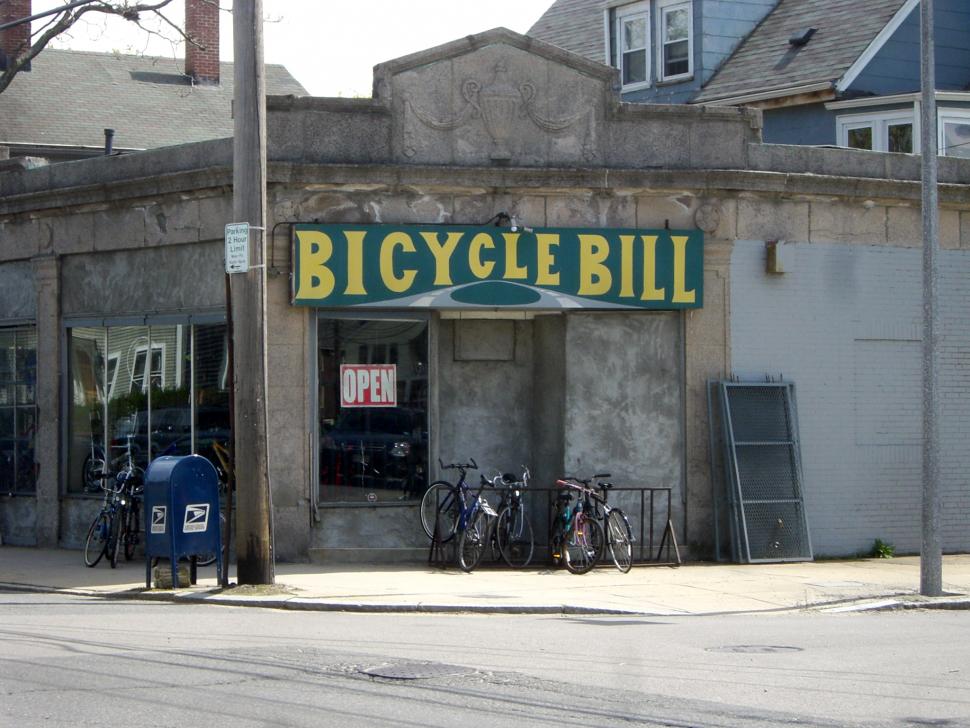
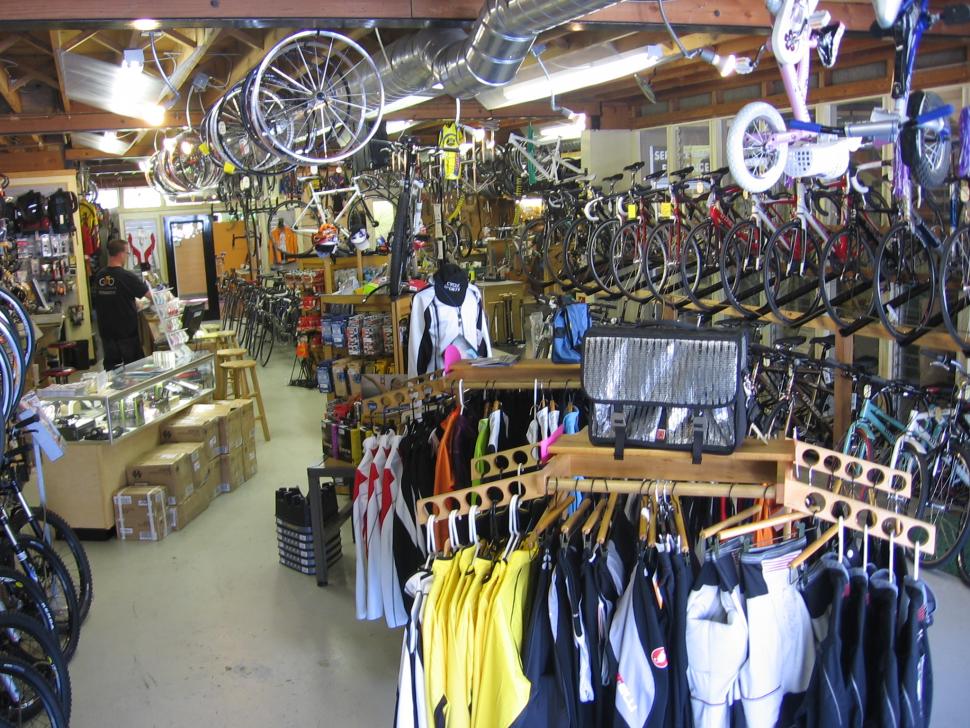

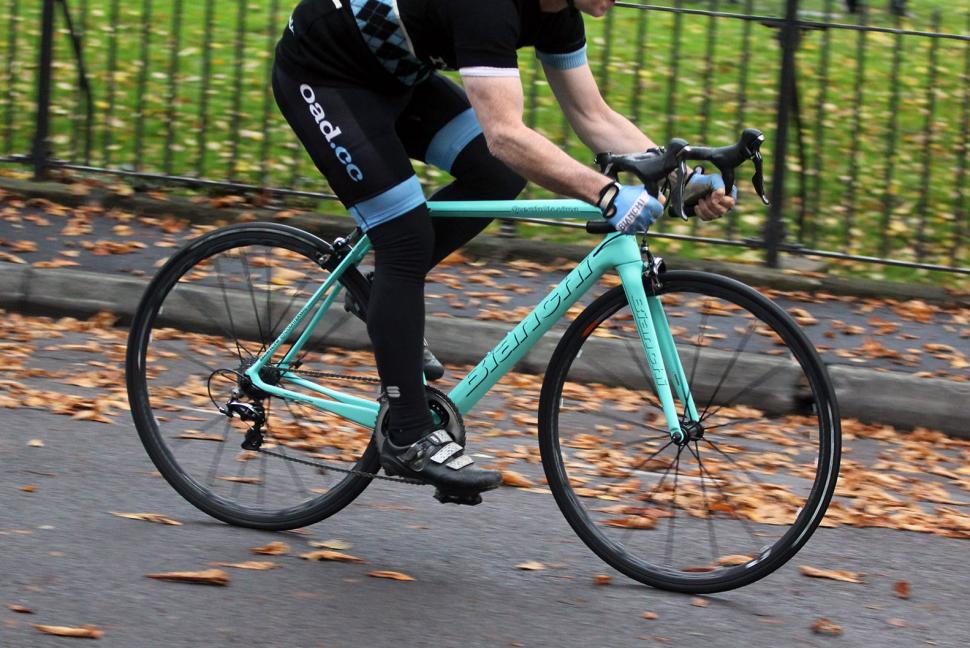
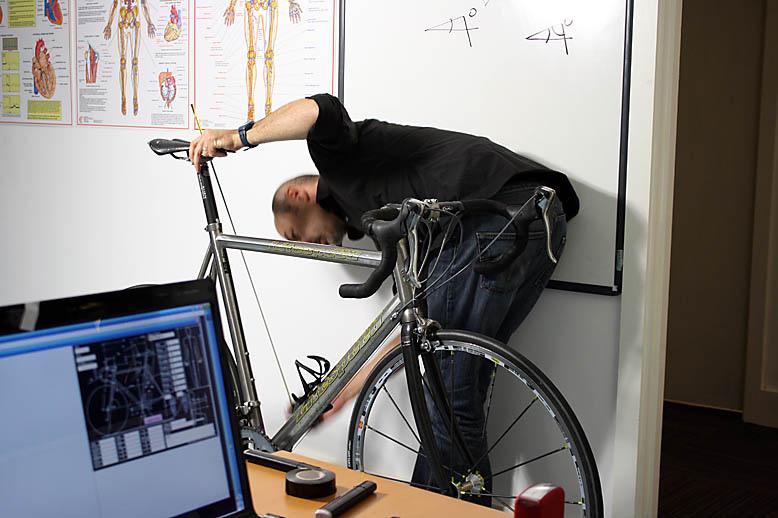
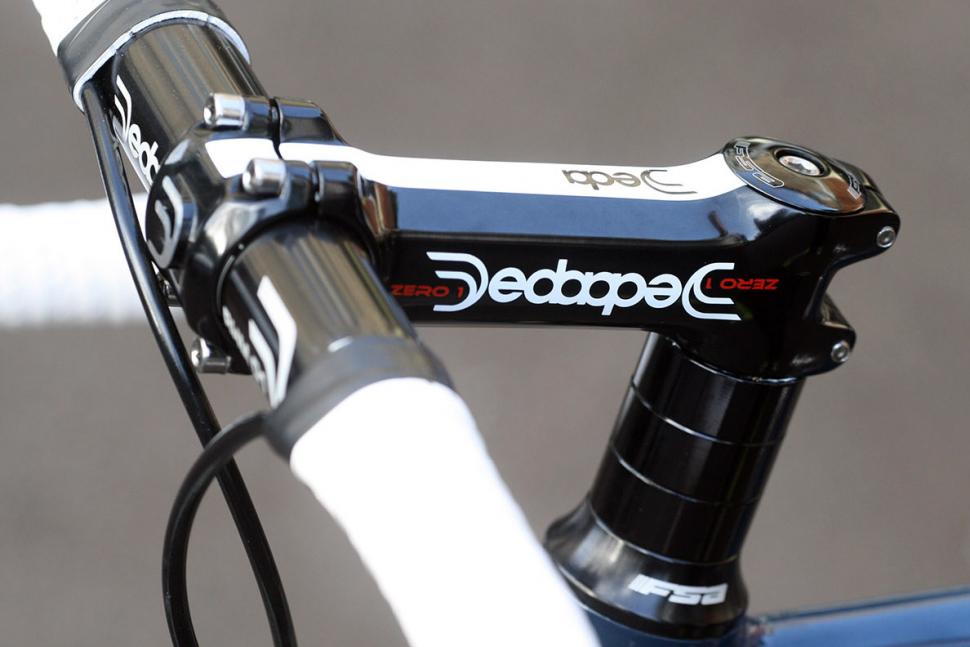
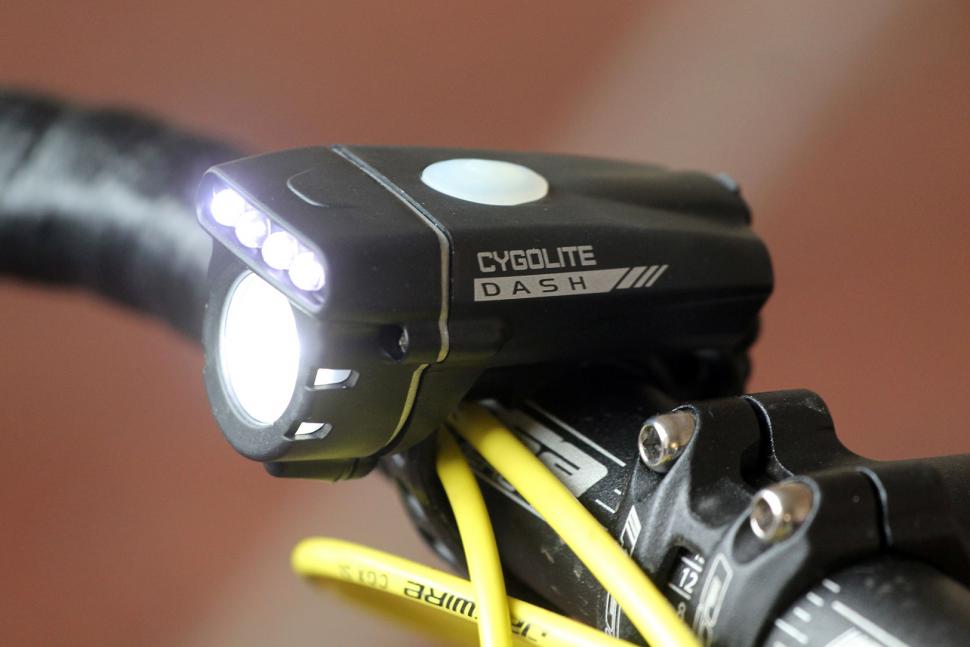


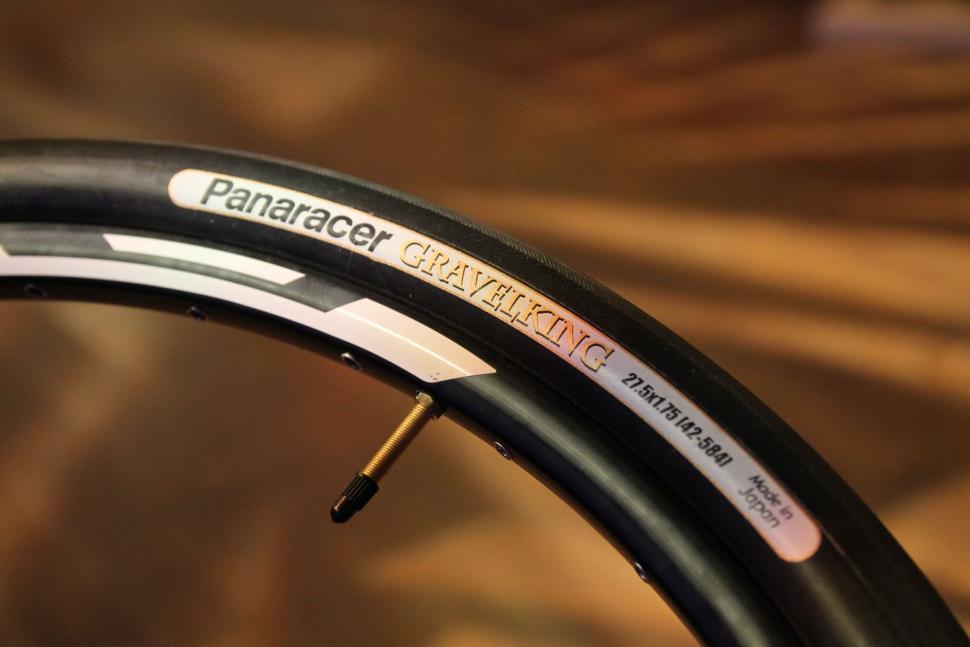
Add new comment
2 comments
I'd add explicitly that if you do buy online, don't assume that a medium is a medium for all manufacturers. Particularly true with hybrids and MTBs. And reinforce that size really matters unless you're young and flexible (missus). Its easy to look at a spec sheet and think "it's only 15mm difference, it won't matter" but there's a reason manufacturers produce 5 or 7 frame sizes to cover a few cm's height difference.
Oh and in the mudguards section, never assume that they're simple to fit yourself. My LBS mechanic hates them so much he gives them to their apprentice to do
Some really great advice in this.
One thing I would say is dont buy a bike from Ebay or elsewhere until you are sure of your size in that brand. Ideally at a minimum check the Manufacturers sizing recommendations for the model year in question. Message the seller if you need to.
Step 10 is a classic!